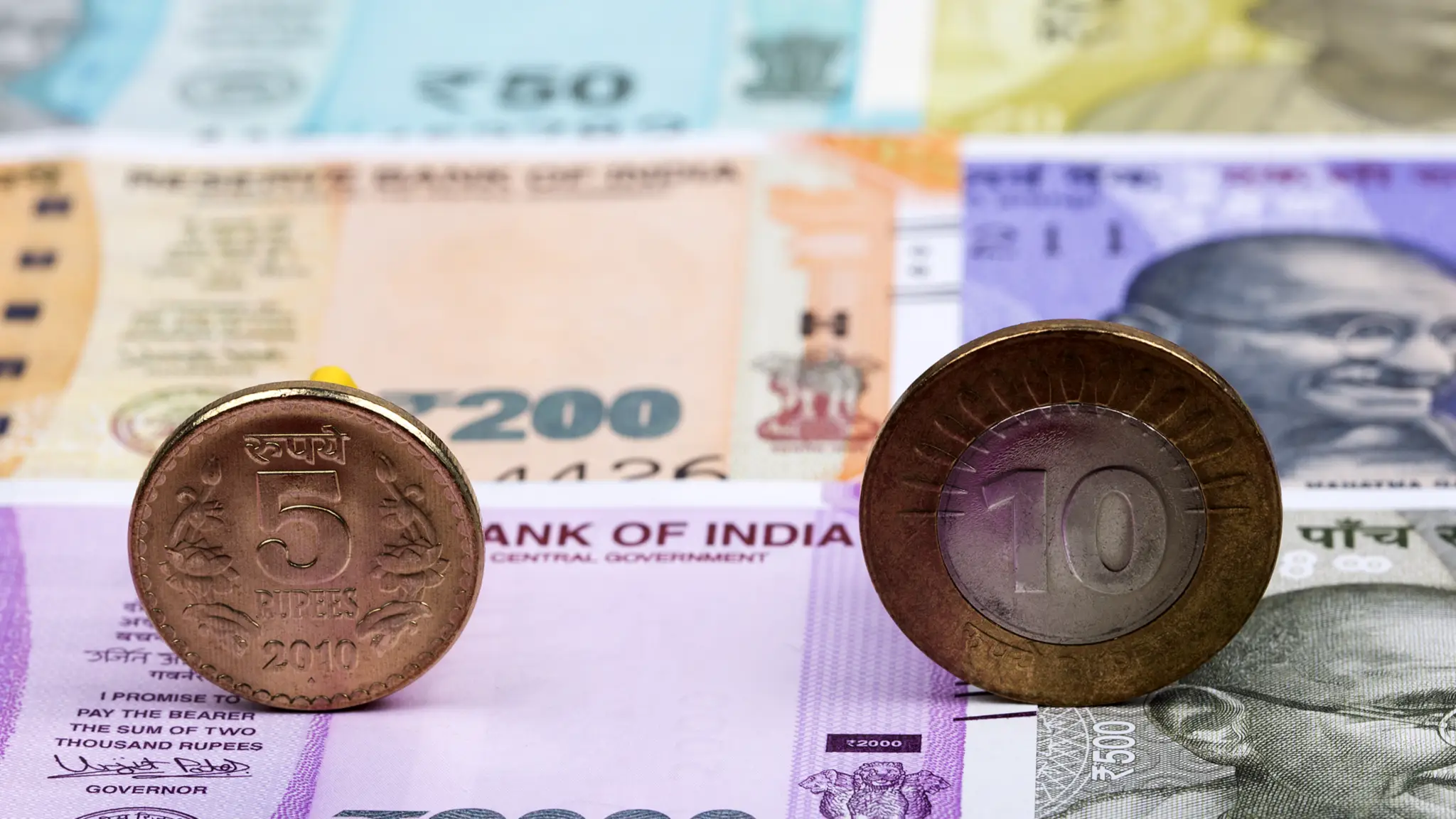The Indian economy is currently navigating a complex phase. While indicators point towards a slowdown, with dipping consumption and loan repayment rates raising concerns about deepening financial strain, there are also pockets of significant resilience and proactive measures being taken to bolster the economic framework.
Global Integration Boost Initiatives
The Finance Ministry’s Department of Economic Affairs (DEA) has released its year-end review, highlighting successful initiatives aimed at strengthening India’s economic resilience and improving global integration. A key development is the Union Cabinet’s approval of a new Currency Swap Arrangement framework for SAARC nations. This framework, effective from 2024-27, is designed to foster greater financial cooperation and regional integration. By introducing an INR Swap Window of Rs 25,000 crore, alongside the existing USD/Euro Swap Window, India is actively promoting the internationalisation of the Indian Rupee and reinforcing its commitment to SAARC partnerships.
Investment Climate Gets Hotter
India is also actively pursuing bilateral investment treaties to enhance investor confidence and economic partnerships. The signing and enforcement of the India-UAE Bilateral Investment Treaty (BIT), along with the India-Uzbekistan BIT, signals a strong push towards investor protection and efficient dispute resolution mechanisms. Further, the constitution of the Joint Task Force on Investment between India and Qatar and India’s supportive role in Sri Lanka’s economic stabilisation efforts showcase India’s regional leadership and dedication to sustainable development.
Ease of Business Reforms On Track
Domestically, the DEA has been instrumental in implementing Ease of Doing Business (EoDB) reforms. The launch of the National Infrastructure Readiness Index (NIRI) in September 2024 is a significant step towards promoting cooperative and competitive federalism. NIRI is designed to evaluate and encourage infrastructure development across states and central ministries, fostering a pro-investment environment. Amendments to foreign investment rules, including revisions to the Overseas Direct Investment Regulation and the Foreign Exchange Management Rules, are streamlining processes for cross-border investments, making it easier for Indian companies to expand globally and attracting foreign investment.
Bajaj Finance Shares Soar High
In a separate but equally noteworthy development, shares of Bajaj Finance witnessed a significant surge, jumping by as much as 9% in early trading. This rally was triggered by global brokerage Citi reiterating a ‘Buy’ rating for the stock, with a target price of Rs 8,150. Citi’s bullish outlook is underpinned by positive expectations for Bajaj Finance’s Q3 performance and a ’90-day catalyst watch’ placed on the stock. The brokerage anticipates a marginal improvement in credit costs and robust growth in Assets Under Management (AUM), driven by strong performance across key segments like mortgages and sales financing, as reported by IndiaToday and BusinessToday.
Sectoral Strength Visible
The positive movement in Bajaj Finance shares, along with Bajaj Finserv, reflects underlying strength in certain sectors of the Indian economy, particularly consumer finance. While broader economic indicators may suggest a slowdown, companies like Bajaj Finance are demonstrating resilience and growth potential. This could be attributed to factors such as increasing urbanisation, rising disposable incomes (in certain segments), and the ongoing digital transformation within the financial services sector.
What does this mixed bag of economic signals suggest for the near future? While caution is warranted given the signs of a broader economic deceleration, the proactive governmental measures and sectoral outperformers like Bajaj Finance offer a glimmer of optimism. Strategic investments in infrastructure, continued reforms to ease business, and a focus on global partnerships could be crucial in navigating the current economic landscape and paving the way for sustained recovery and growth.










Leave a Reply